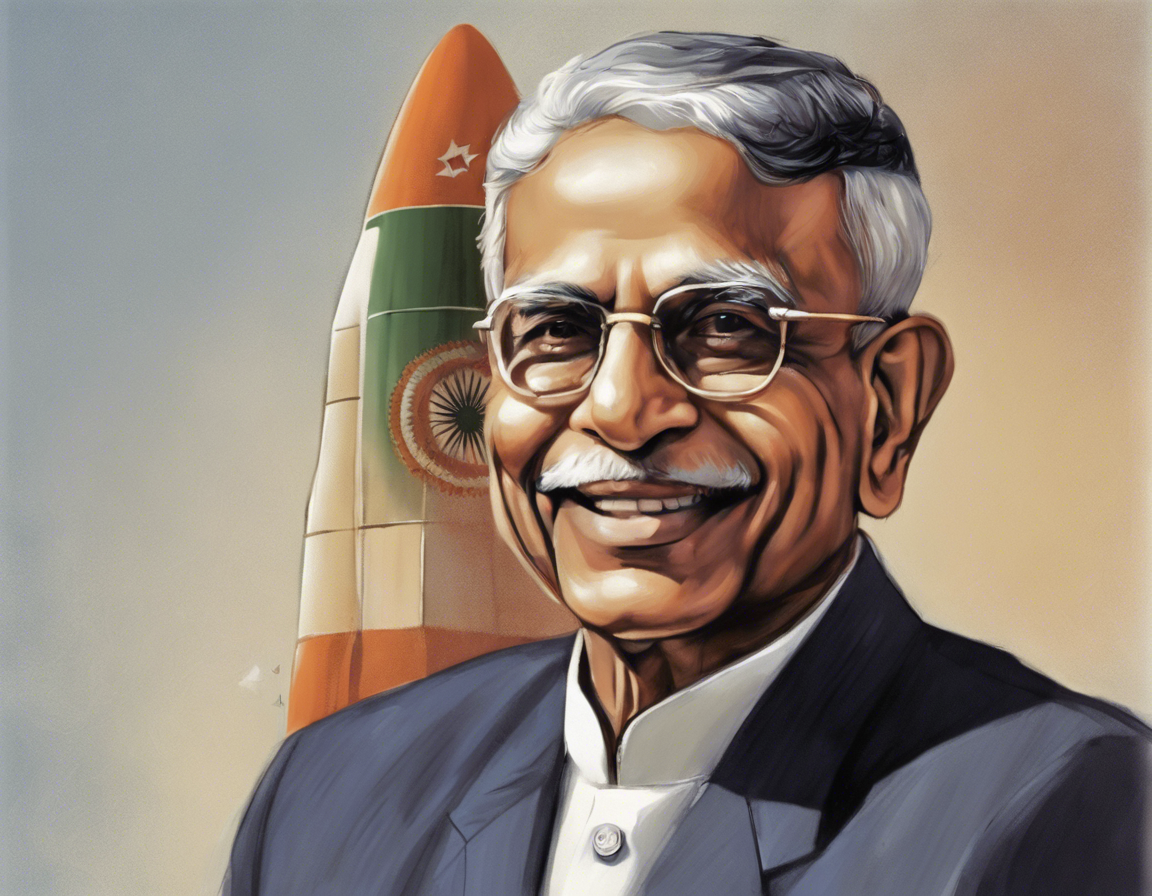India’s missile program has been significantly bolstered by the renowned figure known as the Missile Man of India, Dr. APJ Abdul Kalam. His contributions to the scientific community and national defense have left an indelible mark on the trajectory of India’s technological advancements. This article delves into the legacy of the Missile Man of India, exploring his impact on India’s defense program, space exploration, and his enduring influence on Indian society.
The Early Years and Education of Dr. APJ Abdul Kalam
Abul Pakir Jainulabdeen Abdul Kalam, famously known as Dr. APJ Abdul Kalam, was born on October 15, 1931, in Rameswaram, Tamil Nadu. His humble beginnings did not hinder his thirst for knowledge and passion for innovation. Dr. Kalam graduated in Physics from St. Joseph’s College, Tiruchirappalli, and went on to study aerospace engineering at the Madras Institute of Technology. His brilliance and dedication paved the way for a remarkable career in defense research and development.
Pioneering Contributions to India’s Missile Program
Dr. Kalam’s association with India’s missile program began in the early 1980s when he played a crucial role in the development of the indigenous Integrated Guided Missile Development Program (IGMDP). This program heralded a new era in India’s defense capabilities and cemented Dr. Kalam’s reputation as a visionary scientist and leader. Under his guidance, India successfully developed the Agni and Prithvi missiles, showcasing the country’s technological prowess on a global stage.
Elevating India’s Space Program
Apart from his contributions to the missile program, Dr. APJ Abdul Kalam played a pivotal role in elevating India’s space program to greater heights. He served as the Project Director for the development of India’s first indigenous satellite launch vehicle, SLV-III, which successfully launched the Rohini satellite into space in 1980. This achievement bolstered India’s reputation in space technology and set the foundation for future missions, including the Mars Orbiter Mission (Mangalyaan) in 2013.
Vision for a Developed India
Dr. Kalam’s vision extended beyond scientific and technological advancements. He ardently believed in leveraging India’s potential to transform into a developed nation. His vision encapsulated the concept of PURA (Providing Urban Amenities in Rural Areas), which aimed to bridge the urban-rural divide by providing essential amenities and infrastructure in rural regions. This holistic approach emphasized sustainable development and inclusive growth for all segments of society.
Legacy and Enduring Influence
Dr. APJ Abdul Kalam’s legacy transcends his scientific achievements. He was a visionary leader who inspired millions of Indians, particularly the youth, to dream big and strive for excellence. His humility, dedication, and commitment to serving the nation continue to resonate with people across all walks of life. The popularly termed “People’s President,” Dr. Kalam’s interactions with students and his motivational speeches ignited a spark of ambition in the hearts of many, urging them to contribute meaningfully to society.
Honors and Recognitions
Throughout his illustrious career, Dr. APJ Abdul Kalam received numerous accolades and honors for his exemplary service to the nation. Notable among these are the Bharat Ratna, India’s highest civilian award, and the Padma Bhushan and Padma Vibhushan, two of the country’s highest civilian honors. Additionally, he was a recipient of several prestigious international awards, underscoring his global impact on science, technology, and societal development.
Frequently Asked Questions (FAQs)
1. What is Dr. APJ Abdul Kalam’s most significant contribution to India’s defense program?
– Dr. Kalam’s most significant contribution to India’s defense program was his pivotal role in the development of the Integrated Guided Missile Development Program (IGMDP), which led to the successful creation of the Agni and Prithvi missiles.
2. How did Dr. Kalam contribute to India’s space exploration endeavors?
– Dr. Kalam served as the Project Director for India’s first indigenous satellite launch vehicle, SLV-III, which successfully launched the Rohini satellite into space. His contributions laid the groundwork for India’s advancements in space technology.
3. What was Dr. Kalam’s vision for a developed India?
– Dr. Kalam envisioned a developed India through his concept of PURA (Providing Urban Amenities in Rural Areas), which focused on bridging the urban-rural gap by providing essential amenities and infrastructure in rural regions.
4. How did Dr. Kalam inspire the youth of India?
– Dr. Kalam’s interactions with students and his motivational speeches instilled a sense of ambition and purpose in the youth of India, encouraging them to strive for excellence and contribute to the nation’s growth and development.
5. What are some of the honors and recognitions conferred upon Dr. APJ Abdul Kalam?
– Dr. Kalam received prestigious honors such as the Bharat Ratna, Padma Bhushan, and Padma Vibhushan in recognition of his exemplary service to the nation. He was also the recipient of various international awards for his contributions to science and technology.
In conclusion, Dr. APJ Abdul Kalam’s legacy as the Missile Man of India transcends the realm of science and technology. His vision, leadership, and unwavering commitment to national progress continue to inspire generations of Indians. As India forges ahead in the domains of defense, space exploration, and societal development, Dr. Kalam’s guiding principles serve as a beacon of light, illuminating the path towards a brighter and more prosperous future for the nation.

